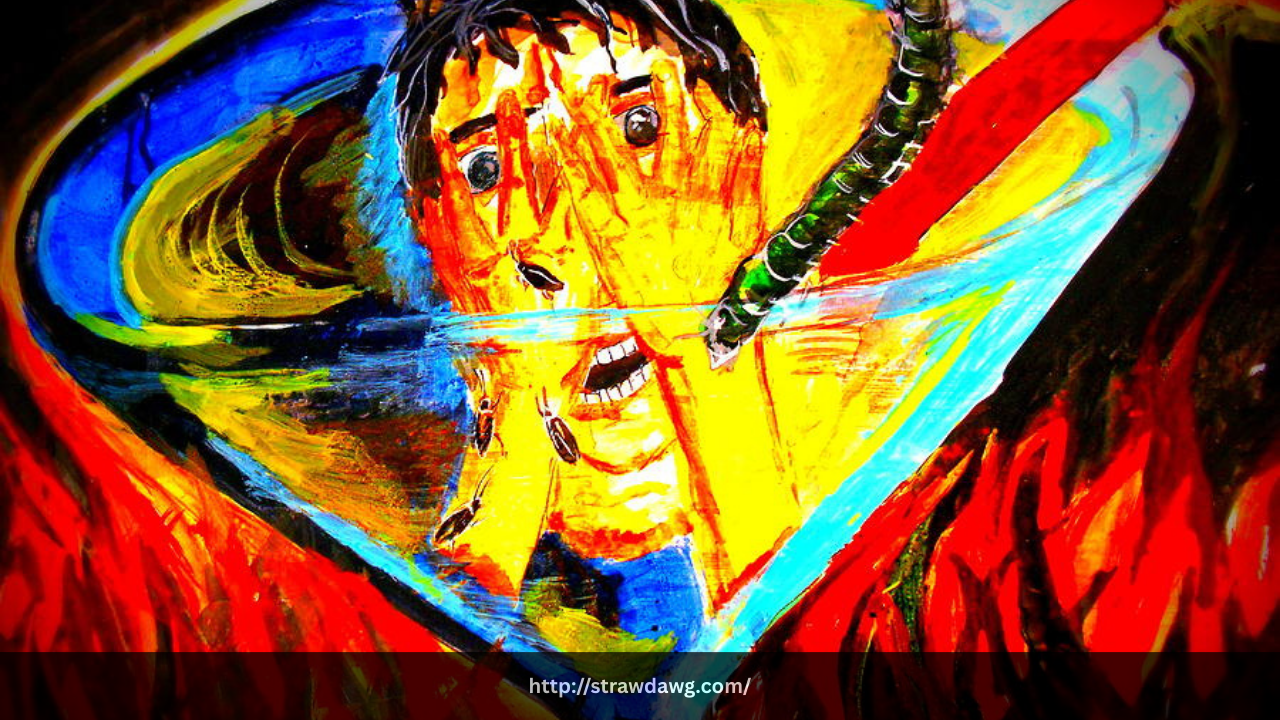
Art has always been a part of my life—my escape, my identity, my voice. But there was a time when even the vibrant colors of the canvas couldn’t compete with the darkness I carried inside. My journey through addiction and recovery has been messy, full of both masterpieces and mistakes. But looking back, every painting and every misstep brought me closer to healing.
A Passion Overshadowed
As a young artist, I poured my heart into my work. I was driven, inspired, and constantly creating. But the pressure to succeed, coupled with unresolved emotional wounds, slowly chipped away at my confidence. I began to doubt myself—not just as an artist, but as a person. That’s when I turned to substances for comfort.
What started as casual use quickly spiraled into dependency. I told myself it helped my creativity, made me more “free.” But in truth, it numbed me. I became disconnected from my art, my loved ones, and eventually, from myself. I would spend days in a fog, too lost to pick up a brush. When I did manage to create, my work was chaotic and empty, lacking the passion that once defined me.
Mistakes That Taught Me
Addiction led me to make choices I never thought I would—alienating friends, missing opportunities, and breaking promises. I hurt people I loved and destroyed the trust others had in me. I made mistake after mistake, until I couldn’t recognize the person I had become.
But even in those dark moments, part of me still longed to paint. Occasionally, I would drag myself into the studio and smear my pain across a canvas. The results were raw, emotional, and sometimes hard to look at. But they were honest. Those pieces weren’t my best, but they were important. They reflected my truth.
Choosing Recovery—and Creation
Eventually, I reached a point where I knew something had to change. Recovery wasn’t easy. It involved confronting the pain I had buried and learning to forgive myself for the mistakes I made. But in those early days of sobriety, I returned to my art with a new purpose.
Painting became my therapy. Every brushstroke was a step forward, every color a feeling released. I gave myself permission to be imperfect, both in life and on the canvas. I stopped chasing perfection and started seeking truth. Through my art, I processed grief, anger, shame, and eventually, joy.
Finding Beauty in the Broken
Today, I still create from the heart, but the heart I paint from is healthier, wiser, and more compassionate. My journey has taught me that masterpieces don’t come from perfection—they come from authenticity. The mistakes, the relapses, the raw honesty—all of it contributes to the final work.
Sharing my story through art has helped others feel seen and inspired. If there’s one thing I’ve learned, it’s this: you can’t erase the past, but you can use it to create something beautiful. And in doing so, you heal—not just yourself, but others, too.








